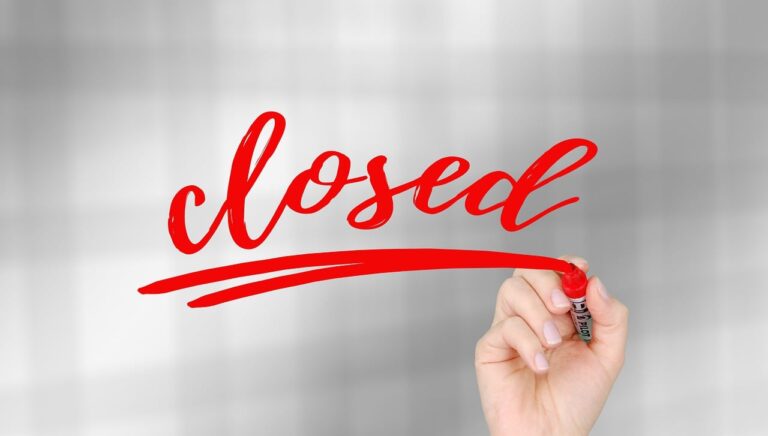Weekly Fiscal Facts are provided to Wisconsin Newspaper Association members by the Wisconsin Policy Forum, the state’s leading resource for nonpartisan state and local government research and civic education. The Wisconsin Policy Forum logo can be downloaded here.
Voters across Wisconsin approved 62 of the 103 school district referenda held in this year’s spring elections, the February primary and April general election.
If fall 2024 referenda fare similarly, the 60.2% approval rate would be the lowest in an even-numbered year since 2010. This spring also saw a total of 10 referenda held in February and the 93 held in April, the most ballot questions for spring elections since at least 2000.
To raise property taxes above the state-imposed revenue limit, a school district board can approve a ballot question asking voters to fund new ongoing operating costs such as teacher salaries, or to authorize borrowing for a one-time capital project such as a new school.
This analysis looks at school referenda held in even-numbered years — when presidential or midterm elections are held — because odd-numbered years tend to have lower turnout elections, fewer school referenda, and lower passage rates.
This spring, more districts asked to increase property taxes for operations rather than capital needs. This may be a sign of financial stress from inflation, state caps on their revenues, declining enrollment, and the expiration of federal pandemic aid.
Voters in 56 districts approved one or more referenda, 21 of which will allow districts to borrow for capital projects and raise property taxes to pay off the debt. The remaining 41 will allow districts to raise levies to boost their operations.
With 103 referenda this spring, 2024 is already shaping up to be a year with an unusually large number of ballot questions. In 2022, there were 166 total school referenda – the most since 2001 – with 82 held in the spring. These increased numbers in 2024 indicate that many districts in Wisconsin are feeling financial pressure today, and turning to voters to address at least part of their challenges.
Yet as districts’ requests for additional revenue have intensified, voter support for these requests appears to be waning. Voter approval rates of school district referenda hovered around 50% for most of the late 2000s and early 2010s. Starting in 2012, however, voters approved referenda in greater numbers, with the passage rate peaking at 89.7% in 2018. Over the past several years, however, approval rates have trended downward.
No doubt, many voters have experienced financial challenges of their own due to inflation. They may also be less inclined to support referenda for their local district after being asked in some cases to do so only a few years prior.
At the same time, voters are still approving referenda in large numbers and amounts, at rates that – while lower than a few years earlier – are higher than much of the 2000s and 2010s. Whether they will continue to do so is a question that should be top of mind for school leaders and state policymakers.
This information is a service of the Wisconsin Policy Forum, the state’s leading resource for nonpartisan state and local government research and civic education. Learn more at wispolicyforum.org.



